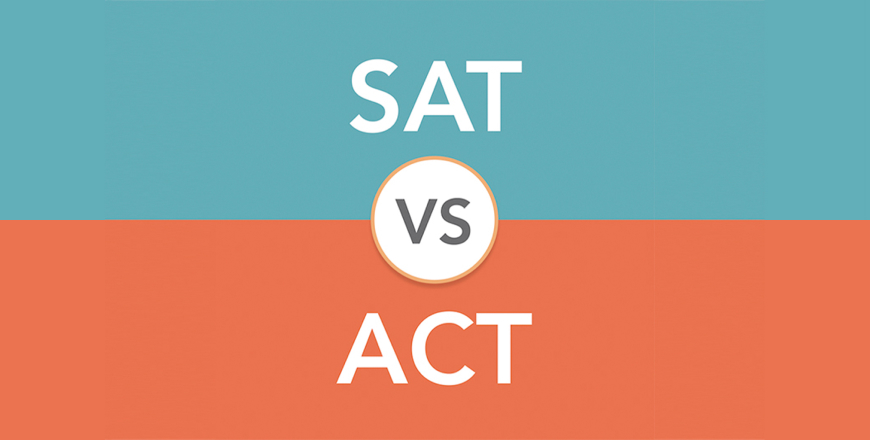Student Debt: The Hidden Dangers

Following up to the challenges of Financial Aid, Dr. Kevin Bukatman from College Planning Service USA discusses the hidden dangers of student debt and how to avoid it.
If you did not watch the previous course, Kevin does a recap of the key points before diving into the specifics of student debt. In addition to explaining the pitfalls and how financial institution take advantage of students, Kevin offers different strategies to reduce a student’s potential debt. These range from easy ideas to reduce your expenses to expansive strategies in planning your overall education.
Student Debt: The Hidden Dangers
1
Student Debt: The Hidden Dangers
- Understand the reality of student debt, how significant it has become, and some of the reasons it became such an issue.
- Review critical points about Financial Aid
- Merit vs Need-Based: Scholarships, Grants, Loans, and Work-Study Programs
- Greater loan burden because funding for grants and scholarships has been reduced since 2008
- Average cost/year for undergraduates in different types of colleges and universities
- Understanding the financial aid process and how it's determined. (NOT UNDERSTANDING THIS CAN COST YOU TENS OF THOUSANDS OF DOLLARS!)
- Impact of family income on financial aid
- Counterintuitive financial aid penalties on student earnings.
- Different types of student loans and their associated interest rates.
- Financial value of understanding all this, or more aptly the cost of mistakes if you do not.
- Review basic methods to reduce student costs:
- Housing, meal-plans, textbooks, dorm accessories
- Car/travel, computers/software, insurance
- Avoid additional/avoidable debt
- Always debit cards, never credit cards
- Review options to generate money while in college
- Jobs and Work-Study opportunities
- Having a job provides value beyond the money
- Discuss large-scale strategies to reduce, offset, or eliminate much larger amounts of money
- Co-op programs, 3-year degrees, starting at community college, dual bachelor's/master's programs, ROTC
- Discuss the impact that college debt has on new grads.
- College debt payments average ~15% of a new grad's take-home salary. That means 50% of students lose >15% of their salary to loan payments.
- Predatory Lending: Interest rates and repayment plans
- At $40k/year, students cannot afford the monthly payments, so the bank "generously" agrees to extend the term. Their $160k loan just became $345k!
- University Placement Rates: Make sure you will have a job before loans start coming due.
Be the first to add a review.
Please, login to leave a review



